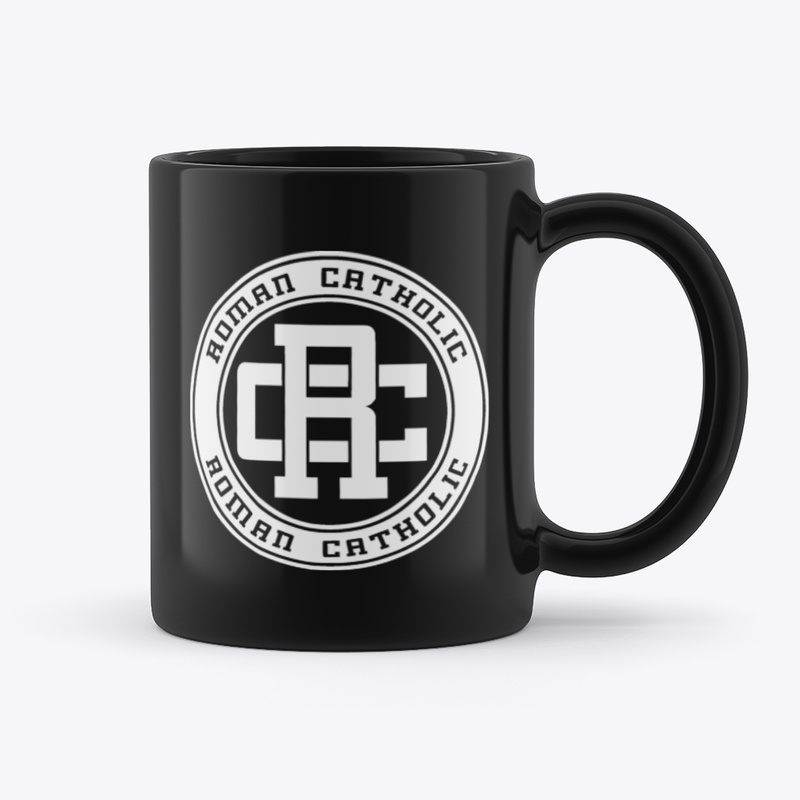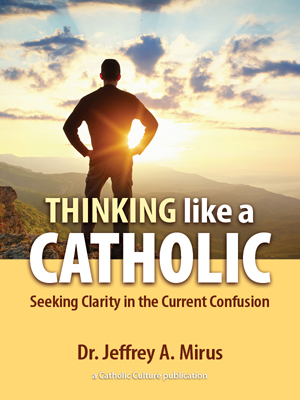Don’t look now, but the pews are getting crowded
By Phil Lawler ( bio - articles - email ) | Jun 16, 2023
It’s happening again this year. It happens every year.
At the little chapel where Leila and I go every weekday morning, it’s more and more difficult to find an empty pew at the early Mass. If you’re thinking of joining us, don’t worry; there’s still plenty of room. But you might have to ask someone to scoot over and share a pew. A few years ago, would rarely have been necessary.
As I observed last year, before just before Lent began, there is a regular pattern: Right after Ash Wednesday, a few new faces begin to appear at daily Mass along with the people we’ve been seeing day after day for months. Obviously they have made a resolution to go to Mass every day during Lent. But then when Easter arrives and their resolution has been fulfilled, at least a few of those continue to come every day, and soon they are numbered among the daily “regulars,” with their own favorite pews.
So as the years roll by, more pews are occupied; our little congregation is growing. That in itself is remarkable, because in our chapel, as in most Catholic churches, the average age of the regulars is well above average. (Somehow the regulars don’t look as old to me as they did in the 1980s. There may be natural explanation for that.) So there is a natural attrition, as the older folks leave us. And still the congregation grows.
Nor is this little chapel an isolated example. As I wrote last year:
It’s been nearly 40 years now since I made the commitment to try to get to Mass every day. We’ve moved a few times since then, and my job schedule has changed several times, so that over the years I’ve been “one of the regulars” in eight different churches or chapels. At every stop along the way, I’ve seen a steady increase in the number of people at daily Mass.
When I posted that column, I asked readers whether they had noticed the same trend. I received only a handful of replies, but every one was affirmative. Granted, I still can site only a very small sample. But the evidence is encouraging.
Nor is that growing number of daily communicants the only encouraging sign. As we have traveled around the country, we have encountered more and more solid pockets of energetic, orthodox Catholic faith: parishes and communities where a large number of faithful families joyfully living out their faith, and drawing others to join them. There are the hyperactive parishes, bringing in people from well beyond their geographic bounds, nurturing a muscular faith and providing a source of future vocations to the priesthood and religious life. (Our own parish now boasts five seminarians; we recently visited a parish in Colorado Springs that has eight!) There the convents and monasteries, attracting young people to join. These are the places where the level of interest in Catholic worship has reached what I like to call a Critical Mass.
The overall trends, reflected in census data, may still be disheartening. Thousands of young Catholics leave our Church every year; we are still losing more than we gain. But the young families are growing, and the faithful communities are growing, and the level of commitment is rising.
All comments are moderated. To lighten our editing burden, only current donors are allowed to Sound Off. If you are a current donor, log in to see the comment form; otherwise please support our work, and Sound Off!
-
Posted by: MatJohn -
Jun. 19, 2023 10:35 PM ET USA
An encouraging column . It should generate considerable comment. My experience is of a solid but small core of daily attendees in a heavily generation Z area.
-
Posted by: Randal Mandock -
Jun. 18, 2023 12:02 PM ET USA
The pews filling up might be in response to increasing persecution and pressure from "Catholics" like Biden, Pelosi, the Reverend James Martin, and similar liberals to conform to the zeitgeist, as they see it. Persecution can drive a sense of hopelessness, but it can also drive the opposite, with less serious practitioners of religion seeking to return to their religious roots. Regardless of the cause, a return of the prodigal and the lukewarm to true religion is a reason for Christian joy.








